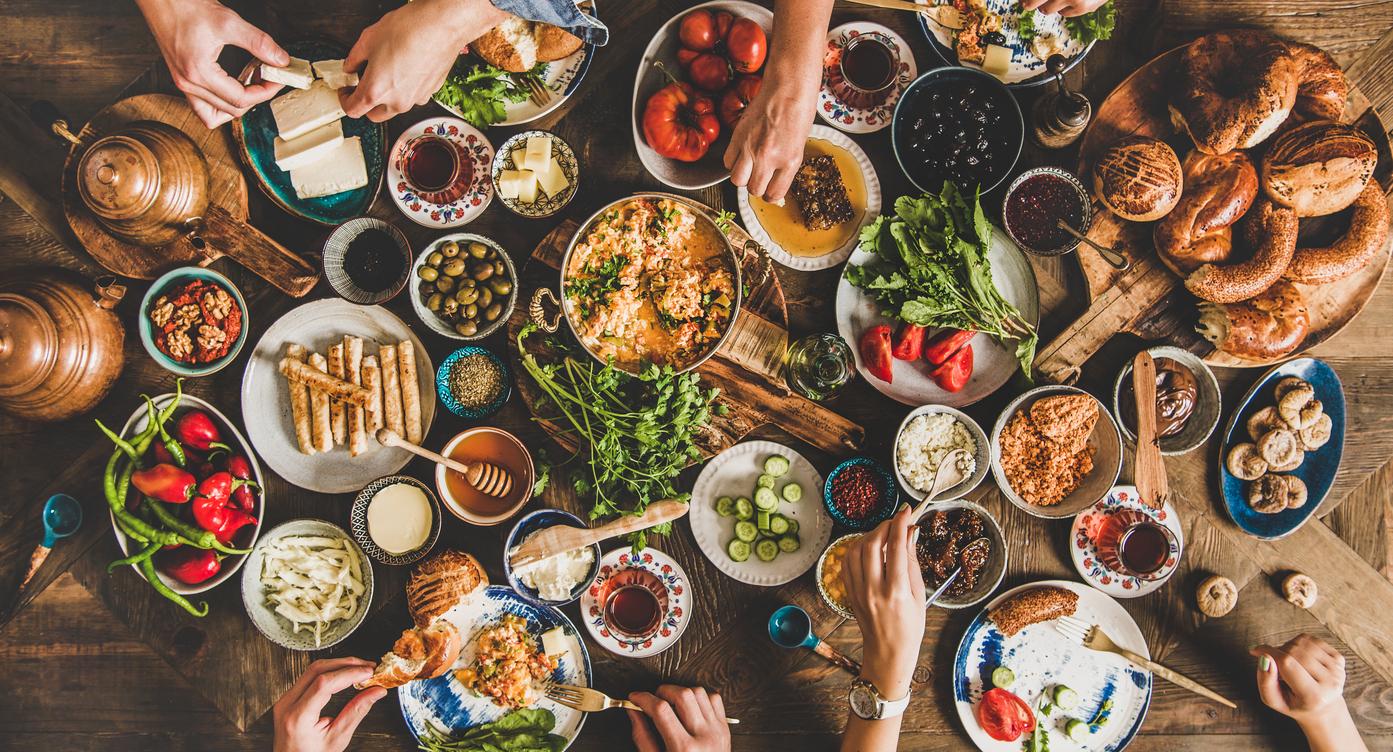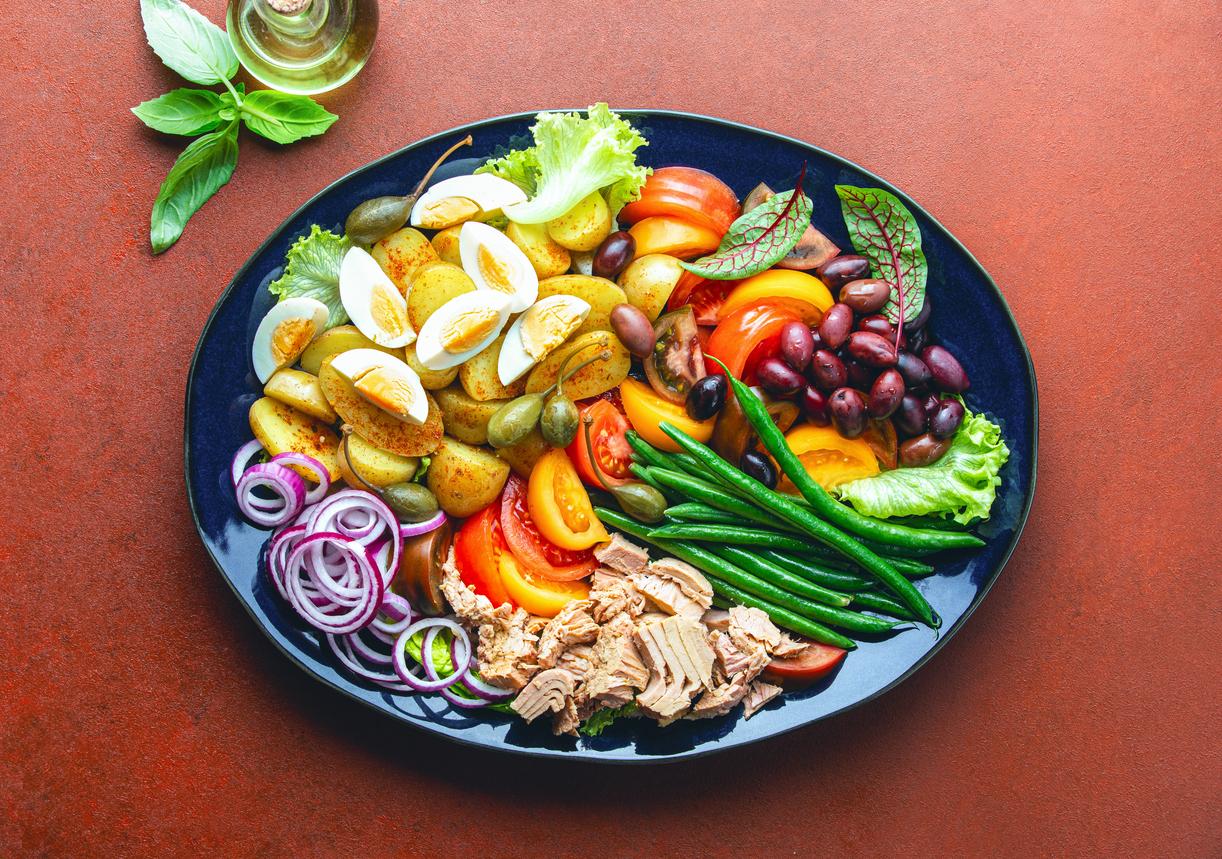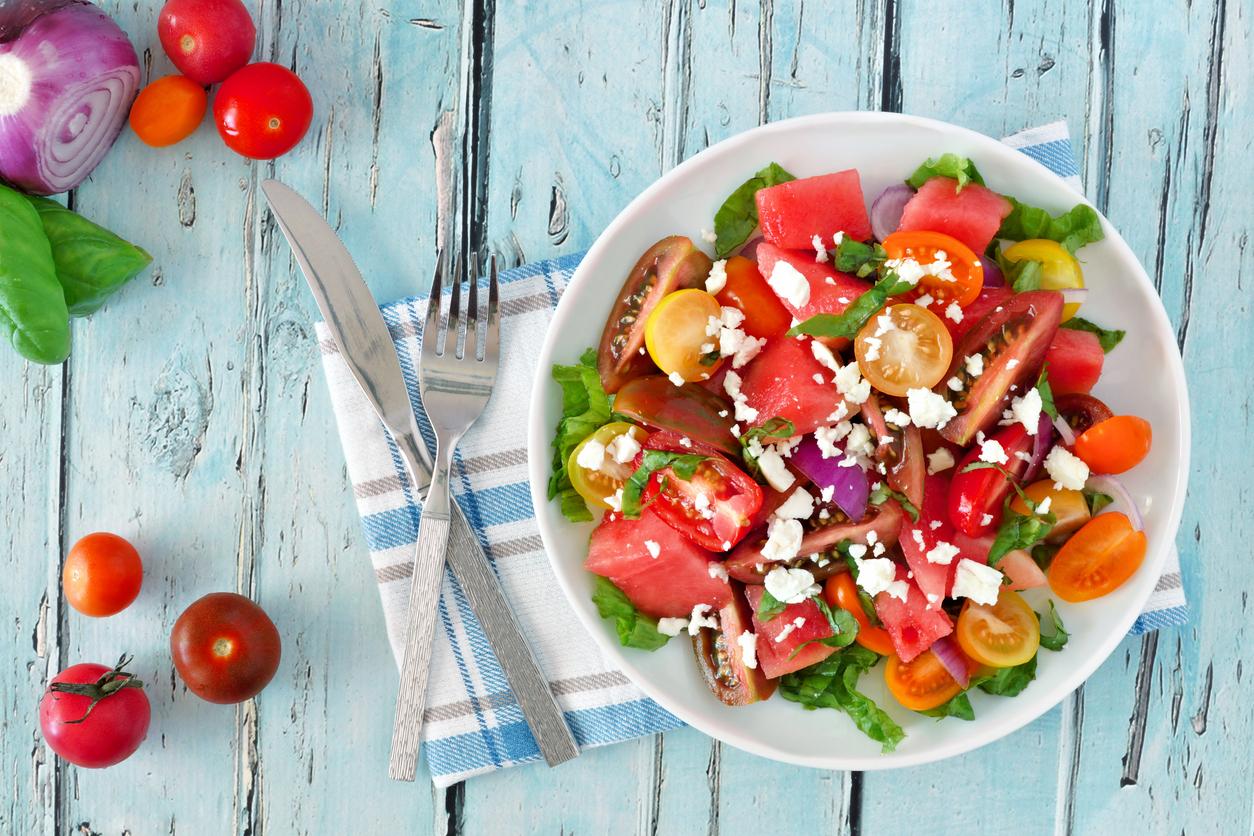
QUEBEC (PasseportSanté.net) August 23, 2005 – The low caloric density of fruits and vegetables is an asset of choice in the prevention and treatment of excess weight.
“The basic rule is simple and indisputable: when you gain weight, it is because the caloric intake is greater than the energy expenditure”, recalled Simone Lemieux.1, researcher at the Institute of Nutraceuticals and Functional Foods (INAF) at Laval University. Ms. Lemieux spoke during a general public conference on the sidelines of FAV Health2, an international symposium on the health effects of fruits and vegetables.
Cutting down on calories isn’t easy, however, as the process comes with some unattractive restrictions: eat less fat, less sugar, less of this, less of that. “However, with fruits and vegetables, the message is simple, unrestricted and easier to convey: simply eat more of them,” said Ms. Lemieux.
A question of calorie density
“Fruits and vegetables contain few calories per bite and contribute effectively to satiety,” added the researcher, “because they have a low caloric density. ”As long, of course, that we eat them as is or very little processed. For example, one serving of French fries is equivalent to 450 calories, just as much as two and a half baked potatoes. “Despite the same calorie content, there’s a good chance you’ll finish your serving of fries, but not your baked potatoes. It is their high water and fiber content that makes fruits and vegetables fill us up well, ”she explained.
Calculating caloric density is simple: just divide the number of calories by the weight of the food. Since the portion of French fries provides 451 kcal and weighs 147 g, its caloric density is 3.1. That of baked potatoes (450 kcal / 414 g) is 1.1 kcal, which is three times less.
It works!
 No wonder, then, that studies show that people who eat a lot of fruits and vegetables consume fewer calories in their day. A point on which Beth Carlton Tohill, the author of a synthesis on the subject, returned to during the symposium2.
No wonder, then, that studies show that people who eat a lot of fruits and vegetables consume fewer calories in their day. A point on which Beth Carlton Tohill, the author of a synthesis on the subject, returned to during the symposium2.
An epidemiologist with the United States Centers for Disease Control and Prevention (CDC), Ms. Carlton Tohill scrutinized studies published from 1966 to 20033. “The body of evidence indicates that adding fruits and vegetables to the diet can promote weight loss,” she summarized. For example, in one of these studies, we compared two groups of subjects following the diet suggested by the American Heart Association. The only difference: one of the groups had to add 400 g of fruit and vegetables. This group lost an average of 7 kg in one year, compared to 2 kg in the other group.
“In another study, subjects were able to consume fruits and vegetables without any restriction. Result: 70% of them lost on average more than six kilos. In addition, a very recent epidemiological study conducted among 55,000 Swedish women indicates that those who are vegetarians are less at risk of obesity than those who are omnivorous.4 ”, Reported Ms. Carlton Tohill. Like Ms. Lemieux, she thinks that positive messages (“Eat more fruits and vegetables”) are easier to put into practice than restrictive messages (“Eat less fat”).
A little spice with that?
Eat veggies and spice it up! At Laval University, we are studying the potential effects of capsicin on weight control. Capsaicin is the active compound in various hot peppers, such as cayenne. During FAV Health, Angelo Tremblay, holder of the Canada Research Chair in physical activity, nutrition and energy balance, gave a presentation on this subject.
Based on animal and human research5-7 carried out in the laboratory by Dr Tremblay and his team, this substance has a beneficial effect on fat metabolism, on resting energy expenditure and on appetite control. “These preliminary data are interesting, he said, but do not yet allow us to say that the consumption of hot peppers can contribute to weight loss. »This is still something to delight lovers of spicy dishes.
Practical advice
 What if we brightened up our menus a little more with the colors of the plants? Hélène Laurendeau, a well-known dietitian in Quebec, suggests a ideal plate composed of half of fruits and vegetables, one quarter of protein and another quarter of cereals. “In short, nothing to do with the” T Bone “with three peas that are served to you in the restaurant,” she quipped.
What if we brightened up our menus a little more with the colors of the plants? Hélène Laurendeau, a well-known dietitian in Quebec, suggests a ideal plate composed of half of fruits and vegetables, one quarter of protein and another quarter of cereals. “In short, nothing to do with the” T Bone “with three peas that are served to you in the restaurant,” she quipped.
Among the other tips from Ms. Laurendeau to increase our consumption of fruits and vegetables: “Taste a new one per week, or at least per month if you are less adventurous, consume them as less processed as possible, favor the more colorful and double your usual portion ”. And don’t be afraid of overdosing! Half of Quebecers eat less than five servings of fruits and vegetables a day … And almost as many, 47%, are obese or overweight.
Françoise Ruby – PasseportSanté.net
1. Simone Lemieux is also an associate professor in the Department of Food and Nutrition Science and collaborator of the Chair on Obesity at Laval University.
2. This event was held from August 17 to 20 in Quebec City and brought together 150 speakers and participants from 30 countries. (See our full report)
3. Rolls BJ, Ello-Martin JA, Tohill BC. What can intervention studies tell us about the relationship between fruit and vegetable consumption and weight management?Nutr Rev. 2004 Jan; 62 (1): 1-17. Review.
4. Newby PK, Tucker KL, Wolk A. Risk of overweight and obesity among semivegetarian, lactovegetarian, and vegan women. Am J Clin Nutr. 2005 Jun; 81 (6): 1267-74.
5. Yoshioka M, St-Pierre S, Suzuki M, Tremblay A. Effects of red pepper added to high-fat and high-carbohydrate meals on energy metabolism and substrate utilization in Japanese women. Br J Nutr. 1998 Dec; 80 (6): 503-10.
6. Yoshioka M, St-Pierre S, Drapeau V, Dionne I, Doucet E, Suzuki M, Tremblay A. Effects of red pepper on appetite and energy intake. Br J Nutr. 1999 Aug; 82 (2): 115-23.
7. Yoshioka M, Doucet E, Drapeau V, Dionne I, Tremblay A. Combined effects of red pepper and caffeine consumption on 24 h energy balance in subjects given free access to foods. Br J Nutr. 2001 Feb; 85 (2): 203-11.
8. Healthy plate designed by nutritionists and dietitians, members of the Harmonie Santé Group. www.harmoniesante.com.















